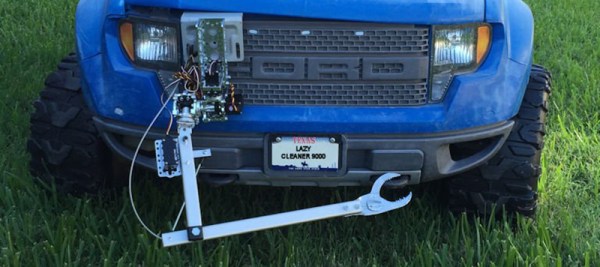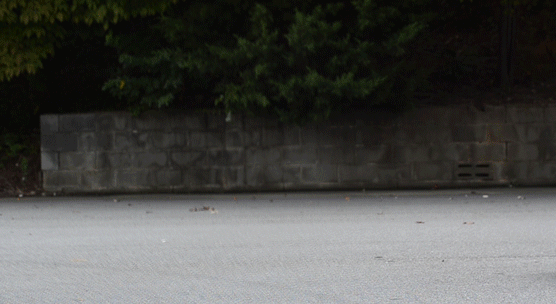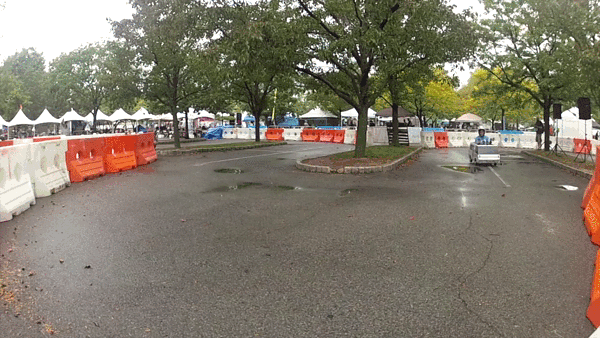If the [realjohnnybravo] is the one from the show, it appears he finally managed to get a girlfriend, marry her, and produce at least one son. As the old schoolyard rhyme goes, first comes love, then comes marriage, then comes filling the whole *!$&# backyard with brightly colored plastic garbage. One of these items, a Power Wheels quad bike, suffered a blow from planned obsolescence leaving behind a traumatized child. [realjohnnybravo] decided to fix it.
He made frequent mention of how one could go to a store and purchase replacement gears for the toy. Perhaps it’s a German thing. Regardless, he shows experience with internet comments by justifying his adventure in gear manufacturing with, paraphrased, “I’m having fun and learning so back off you pedantic jerks.”
Resin casting is great, and is often overlooked vs 3D printing. He purchased some hardware store RTV silicone and some slow-cure resin. The faster cure resin would get too hot with this much volume and potentially burn.
Materials procured he took apart both gearboxes from the machine. He first made a silicone mold of the broken parts (from the good copies out of the working gearbox) and removed the master. Without a vacuum or pressure casting chamber, the molds came out a little rough and bubbly, but it’s nothing some work with a carpet knife can’t fix. For big gears like this it hardly matters. Next he poured the two part resin into the molds and waited.
After some finishing with regular woodworking tools the parts fit right into the voids in the defective gearbox. His son can once again happily whir around the lawn, until the batteries die anyway.






















